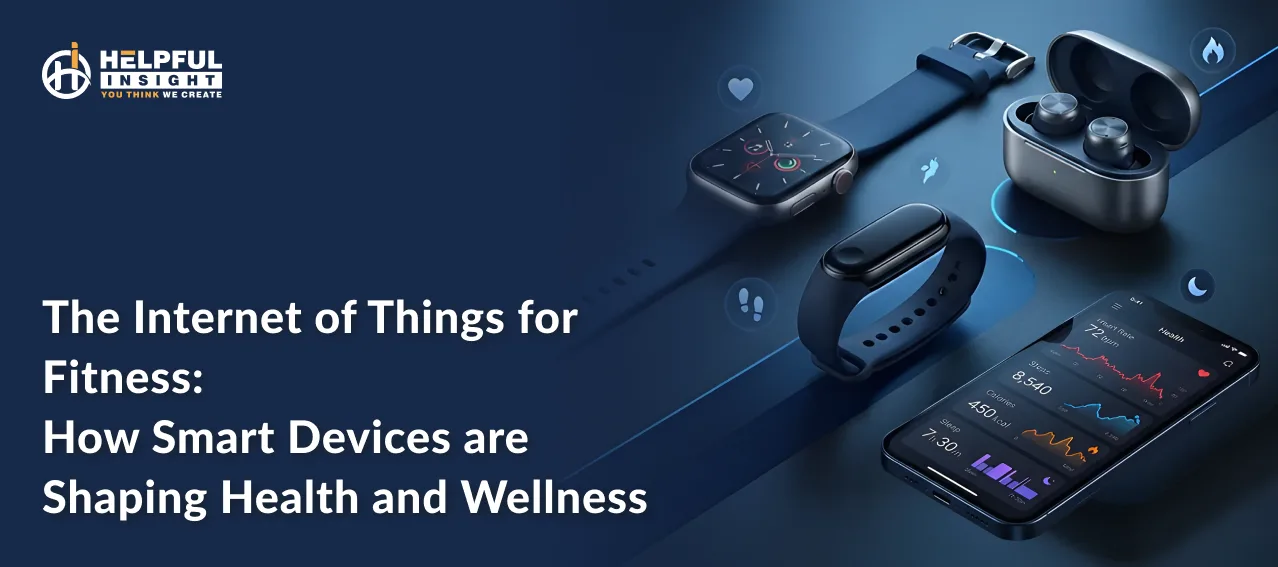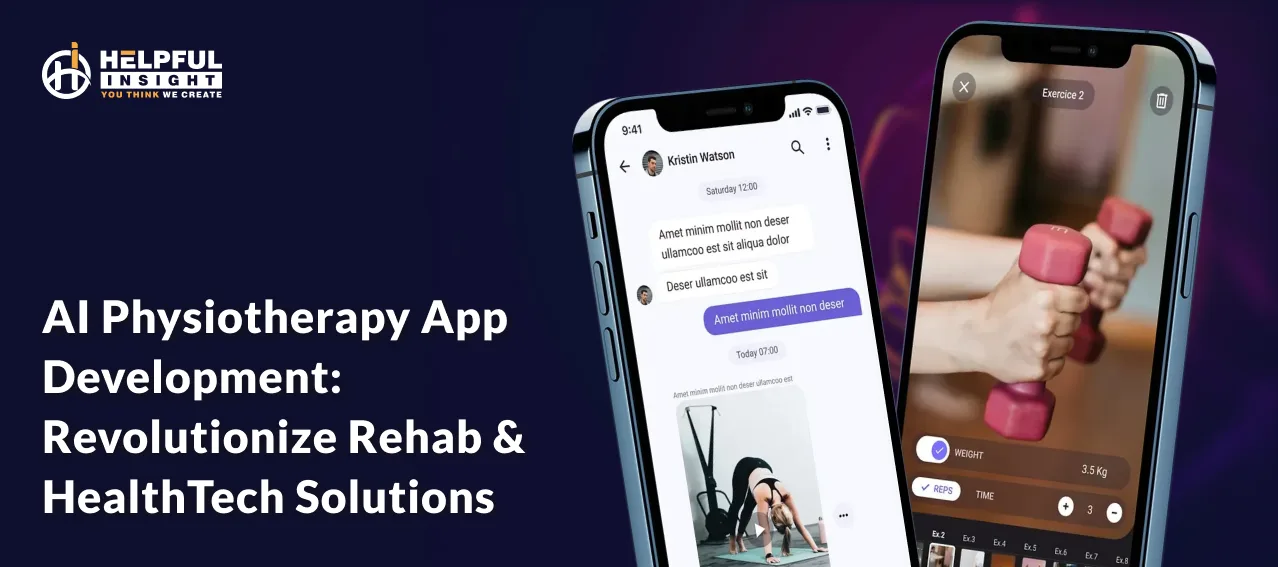Android, initially known as the operating system for mobile phones and tablets, has evolved to become a versatile platform powering a wide variety of devices and applications. With its vast market share, Android remains a dominant force in the smartphone industry. However, its adaptability has led to broader applications, from smart TVs and wearables to automotive systems and IoT devices.
The Android ecosystem thrives on constant innovation, driven by a global community of developers creating diverse apps tailored to users’ needs. These developers increasingly rely on best Android libraries to streamline the development process, eliminating the need to build components from scratch.
Developing a feature-rich and high-performance Android application requires a deep understanding of tools, UI components, libraries, and Integrated Development Environments (IDEs) specific to Android. Leveraging well-established Android development libraries not only simplifies the process but also accelerates project timelines while ensuring robust functionality.
In this blog, we’ve curated a list of the top 15 Android libraries to enhance your next app development project. Whether you’re working on a sample project or building a full-scale app, these libraries are essential tools for achieving success. Let’s dive in and explore these indispensable Android libraries!
Importance of Android Libraries in Modern App Development
An Android library and an Android app module are similar in structure and include every essential thing required to develop an app. It includes resource files, source codes, and an Android manifest. These Android libraries are an extremely important part of modern mobile app development, as they provide developers with pre-written code that streamlines and fastens the development process. These libraries enhance productivity, improve code quality, and allow developers to focus on unique app features rather than reinventing the wheel. Here’s why Android libraries are an indispensable part of Android development:
- Time Efficiency: Libraries streamline development by offering ready-made solutions for common tasks like networking, image loading, or database management.
- Code Reusability: By leveraging libraries, developers can reuse tested and proven code, reducing the likelihood of bugs and enhancing maintainability.
- Enhanced Functionality: Android libraries often come with advanced features, enabling developers to integrate functionalities like animations, real-time updates, or cloud services with minimal effort.
- Community Support: Popular libraries contain extensive documentation and active communities, making it easier to troubleshoot and innovate.
- Scalability and Optimization: Libraries are designed to handle a range of use cases, ensuring the app remains efficient and scalable as it grows.
Top 15 Android Libraries for Developers
These Android libraries are essential tools for developers aiming to create efficient, feature-rich, and high-performing applications. Here’s a curated list of the most popular libraries to explore in 2025:
1. Retrofit
Retrofit is a robust HTTP client that simplifies API interactions. It supports various data formats, including JSON and XML, and integrates seamlessly with Gson for JSON serialization. Its ease of use and strong community support make it a staple for network operations in Android apps. Retrofit’s ability to handle asynchronous requests with callbacks or RxJava makes it suitable for modern app development.
Key Features:
- Type-safe API: Retrofit uses annotations to define API endpoints, making it easy to create a clear and maintainable codebase.
- Data Format Support: It supports multiple data formats, including JSON and XML, and integrates seamlessly with Gson for JSON serialization.
- Error Handling: Retrofit provides robust error handling mechanisms, which helps in managing network failures effectively.
2. Glide
Glide excels in image loading and caching, optimizing image handling for performance and memory efficiency. It supports animated GIFs and can fetch images from various sources, including URLs and local storage, making it versatile for different use cases. Glide is recommended by Google for its excellent performance in image loading, especially in applications requiring smooth scrolling and fast image display.
Key Features:
- Image Caching: Glide automatically caches images to improve loading times and reduce network usage.
- Support for GIFs: It can fetch and display animated GIFs, enhancing user engagement.
- Flexible Sourcing: Glide can load images from various sources, including URLs, local storage, and resources.
Read Also: What Are The Stages Of The Mobile App Development Lifecycle?
3. Room
Room is part of Android’s Jetpack libraries and provides an abstraction layer over SQLite. It simplifies database access while ensuring compile-time verification of SQL queries, which enhances reliability and reduces runtime errors. By simplifying database access, Room enhances the reliability of data management within applications.
Key Features:
- Compile-time Verification: Room ensures SQL queries are verified at compile time, reducing runtime errors.
- Entity Mapping: It allows developers to define entities using Kotlin or Java classes, simplifying database interactions.
- LiveData Integration: Room works seamlessly with LiveData to observe database changes in real-time.
4. Dagger
Dagger is a dependency injection framework that promotes the separation of concerns in app architecture. Its compile-time dependency resolution improves performance by eliminating the overhead associated with reflection-based DI frameworks. Dagger reduces boilerplate code associated with dependency management, speeding up the development process.
Key Features:
- Compile-time Dependency Resolution: Dagger resolves dependencies at compile time, improving performance by avoiding reflection-based overhead.
- Modular Architecture Support: It encourages modular design by allowing developers to define dependencies in modules.
5. LiveData
LiveData is an observable data holder that is lifecycle-aware, meaning it only updates active UI components. This reduces memory leaks and ensures that UI elements react to data changes appropriately, enhancing user experience. LiveData helps prevent memory leaks by ensuring that observers are only active when their associated UI components are in an active state. This promotes a cleaner architecture by decoupling data sources from UI components, enhancing testability and maintainability.
Key Features:
- Lifecycle Awareness: LiveData automatically manages updates based on the lifecycle state of UI components (e.g., Activities or Fragments).
- Data Observability: UI components can observe LiveData objects, allowing them to react to data changes without manual intervention.
6. ViewModel
The ViewModel component stores UI-related data in a lifecycle-conscious way, allowing data to survive configuration changes like screen rotations. This leads to a more stable user interface and better resource management. ViewModels enhances resource management and reduces memory leaks, which helps developers focus on the logic of their applications without worrying about the lifecycle of UI components.
Key Features:
- Survives Configuration Changes: ViewModels allow data to persist through configuration changes, such as screen rotations, which helps maintain a stable user interface.
- Separation of Concerns: It separates UI data from UI controllers (like Activities and Fragments), promoting cleaner architecture.
- Integration with LiveData: ViewModels can work seamlessly with LiveData to provide reactive updates to the UI.
Read Also:- Mobile App Development Cost: A Complete Guide
7. RxJava
RxJava facilitates reactive programming, enabling developers to handle asynchronous data streams effectively. Its operators allow for complex event handling, making it easier to compose asynchronous tasks without blocking the main thread. It is particularly beneficial for applications that require real-time updates, such as chat apps or live data feeds.
Key Features:
- Observable Sequences: RxJava uses observables to represent data streams, enabling developers to react to changes in data.
- Operators for Data Manipulation: The library provides a rich set of operators for transforming, filtering, and combining data streams.
- Thread Management: RxJava simplifies threading with schedulers that allow developers to specify where code should run.
8. Firebase
Firebase provides a comprehensive suite of tools for mobile app development, including real-time databases, analytics, authentication, and cloud storage. Its integration capabilities allow developers to build scalable applications quickly. Its analytics tools help developers understand user behavior and improve app performance based on real-world usage.
Key Features:
- Real-time Database: Firebase offers a NoSQL database that allows for real-time synchronization of data across clients.
- Authentication Services: It provides easy-to-use authentication methods (email/password, social media logins) to secure applications.
- Cloud Functions and Hosting: Firebase allows developers to run backend code in response to events triggered by Firebase features and HTTP requests.
9. OkHttp
OkHttp is an efficient HTTP client that supports HTTP/2 and connection pooling, enhancing network performance. It also provides features like request/response caching and interceptors for logging or modifying requests. OkHttp’s performance optimizations make it a preferred choice for handling network operations in Android apps. Its ease of integration with Retrofit enhances its utility for API calls.
Key Features:
- HTTP/2 Support: OkHttp supports the HTTP/2 protocol, which improves loading times by allowing multiple requests to be sent over a single connection.
- Connection Pooling: It maintains a pool of connections that can be reused, reducing latency for subsequent requests.
- Interceptors: Developers can use interceptors to log requests/responses or modify them before they are sent or received.
10. Material Components
This library helps developers implement Material Design principles in their apps, providing pre-built UI components that ensure consistency across different devices and screen sizes. By using Material Components, developers can create visually appealing and consistent user interfaces across different devices and screen sizes. This library promotes best practices in design, ensuring that applications are not only functional but also aesthetically pleasing.
Key Features:
- Pre-built UI Components: The library provides a wide range of customizable UI components that adhere to Material Design guidelines.
- Theming Support: Developers can easily apply themes across their apps for consistent styling.
- Accessibility Features: Material Components include built-in accessibility features that enhance usability for all users.
Read Also:- Charting the Course: 2025’s Most Popular Mobile App Categories Revealed
11. Coroutines
Kotlin Coroutines provides a way to write asynchronous code sequentially, improving readability and maintainability. They are particularly useful for handling background tasks without blocking the UI thread. They are particularly effective for handling background tasks such as network requests or database operations without blocking the UI thread, thereby maintaining a responsive user interface.
Key Features:
- Lightweight: Coroutines are designed to be lightweight, enabling many coroutines to run on a single thread without blocking it. This is achieved through suspension, which allows the execution of tasks to be paused and resumed later.
- Structured Concurrency: This concept ensures that coroutines are executed predictably, making it easier to manage the lifecycle of asynchronous tasks and avoid memory leaks.
- Built-in Cancellation Support: Coroutines support automatic cancellation propagation through the coroutine hierarchy, making it easier to manage long-running tasks.
12. Coin
Koin is a lightweight dependency injection framework tailored for Kotlin applications. It offers a simple syntax and does not require code generation or annotations, making it easy to integrate into existing projects. Its flexibility allows for easy testing and mocking of dependencies, enhancing the overall development process. Koin promotes clean architecture by encouraging the separation of concerns, which leads to more maintainable and scalable applications.
Key Features:
- Simple Syntax: Koin offers an intuitive and straightforward syntax that makes it easy to define dependencies without the need for complex configurations or annotations.
- No Code Generation: Unlike other DI frameworks, Koin does not require code generation, which simplifies integration into existing projects and reduces build times.
- Modular Design: Koin supports a modular architecture, allowing developers to define modules that encapsulate related dependencies.
13. Navigation Component
The Navigation Component is part of Android Jetpack and provides a framework for managing app navigation, making it easier to navigate between different app screens (fragments or activities). The Navigation Component promotes a clean and modular architecture, making it easier to maintain and scale applications.
Key Features:
- Navigation Graph: This XML resource defines all destinations (screens) in the app and the possible paths users can take to navigate between them.
- NavHost: A container that displays the current destination as users navigate through the app.
- NavController: An object that manages app navigation within the NavHost, orchestrating the display of destinations and handling back-stack operations.
14. Lottie
Lottie is an animation library that allows developers to render Adobe After Effects animations natively in mobile applications. It allows developers to create rich visual experiences without compromising performance, making it ideal for modern mobile applications looking to stand out through design.
Key Features:
- JSON-Based Animations: Lottie uses JSON files exported from After Effects, enabling complex animations without heavy overhead.
- Cross-Platform Compatibility: Supports multiple platforms, including Android, iOS, and web applications, allowing for consistent animations across different environments.
- Performance Optimization: Designed for high performance, Lottie animations are lightweight and can be easily integrated into existing UI components.
15. Timber
Timber is a lightweight logging library for Android that simplifies logging in applications. Timber reduces the amount of boilerplate code typically associated with logging in Android applications. It automatically tags log messages with the class name from which they are logged, improving readability and organization.
Key Features:
- Simple API: Offers a straightforward API for logging messages with different log levels (e.g., debug, error).
- Customizable Logging Behavior: Developers can easily customize logging behavior by creating their tree implementations for different logging scenarios (e.g., sending logs to a server).
All the above-mentioned Android libraries play a crucial part in advanced Android development. Together, these libraries empower developers to create high-quality applications with improved performance and user experience.
Read Also:- A Step-by-Step Guide On Mobile App Development Process
How to Choose the Best Android Library?
When selecting the right library for your Android project, it’s essential to consider several key factors that can significantly impact the development process and the overall quality of your application. Here’s what you should consider before choosing an Android library for your project:
1. Project Requirements
Every project has unique needs, and the library you choose should directly address the specific requirements of your app. For instance, if your app needs efficient image handling, selecting a library like Glide, known for its image caching and resizing capabilities, would be ideal. Start by listing the functionalities your app needs, such as network communication, database management, or animations, and match them with libraries that excel in those areas.
2. Community Support
Libraries backed by active and large communities are typically more reliable. An active community ensures frequent updates, better documentation, and faster issue resolution. When evaluating a library, check its repository activity on platforms like GitHub, look for forums or tutorials, and ensure there’s enough discussion to support troubleshooting.
3. Performance
The library’s performance is a crucial factor, as it directly affects your app’s responsiveness and resource usage. Poorly optimized libraries can lead to issues like slow load times or memory leaks. Before committing, test the library’s performance using Android Profiler or read reviews and benchmarks from other developers.
4. Ease of Integration
A library that is difficult to set up or integrate can slow down the development process. Always check the documentation for clear setup instructions, usage examples, and compatibility with your app’s architecture. Libraries like Koin, with their intuitive setup process and minimal boilerplate, are excellent choices for developers looking for quick and easy integration.
5. Additional Considerations
Beyond these primary factors, it’s essential to consider other aspects like licensing, scalability, and security. Ensure the library’s license allows for your intended use, especially for commercial projects. Check for regular updates and security patches to avoid vulnerabilities. Lastly, consider whether the library supports the Android SDK versions targeted by your app and whether your team has the skills to work with it effectively.
Conclusion
The above-provided details and information throw light on the Top 15 Android Libraries to Explore in 2025. These libraries are essential tools for modern Android developers, providing efficiency, scalability, and enhanced user experience for a variety of application needs. In order to propel your Android app development to new heights in 2025, stay abreast of these developments and make wise decisions.












